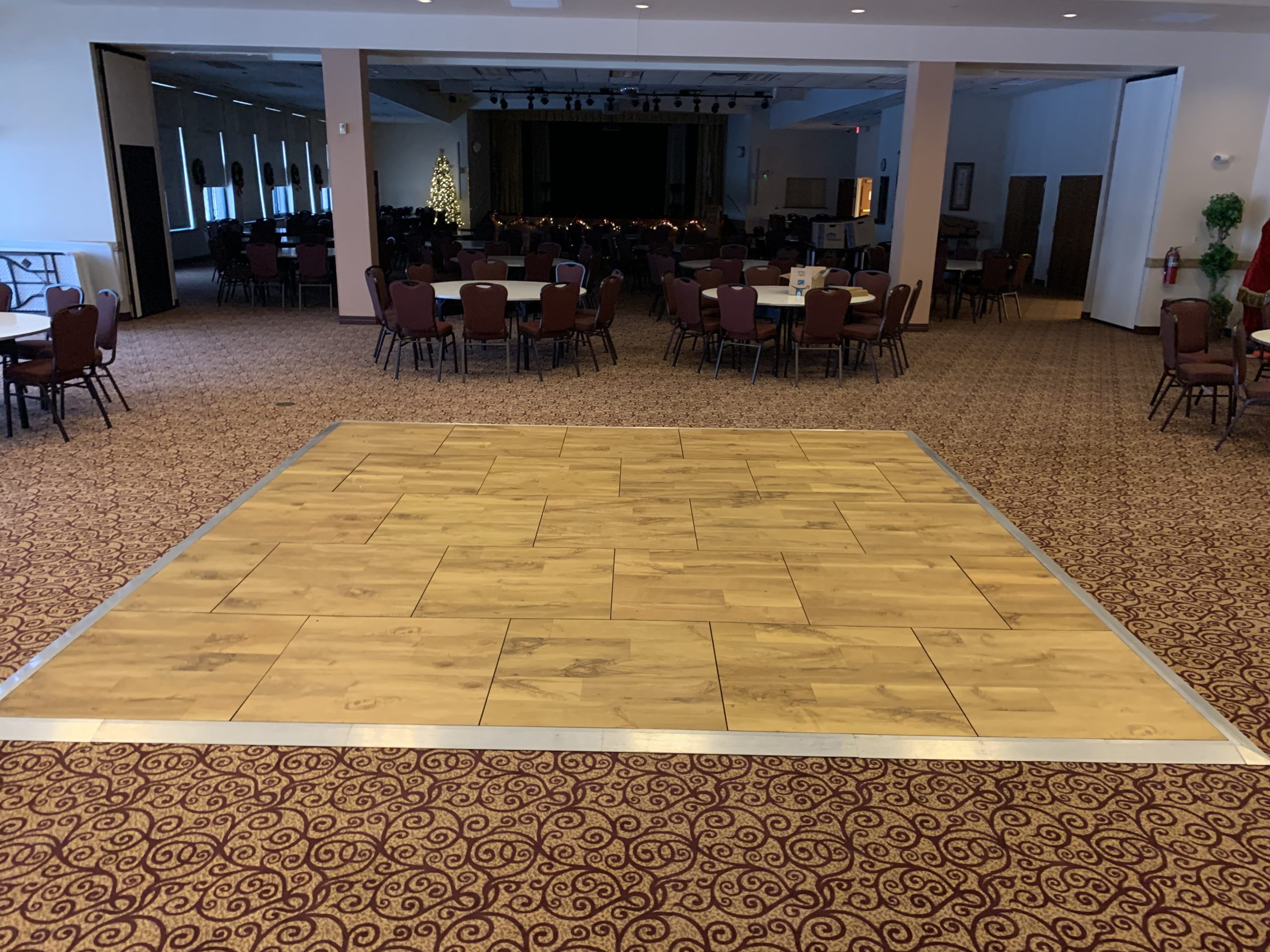Illuminating Creativity Via Shade Concept for LED Movement Floor Layouts
Illuminating Creativity Via Shade Concept for LED Movement Floor Layouts
Blog Article
Color theory is a crucial aspect of design, particularly as it relates to designing LED dance surfaces. The interplay of hues can significantly influence the atmosphere and energy of a space. Through grasping how colors function together, designers can create an ambiance that improves the overall encounter for participants. This article explores the basics of color theory and its application in LED dancing floor designs.
The main colors are crimson, azure, and golden. These hues cannot be created by blending other hues together. Secondary hues, such as green, orange, and violet, are formed by mixing main colors. Tertiary colors are created by combining a primary color with a intermediate hue. Grasping these basic relationships helps designers choose hues that enhance one another and produce a aesthetically pleasing show. Mixing these colors on an LED dance surface can result to vibrant and exciting effects that capture the focus of participants.
Hue temperature also plays a crucial role in aesthetics. Colors can be categorized as hot or chill. Hot colors, such as red, orange, and golden, often to evoke emotions of enthusiasm and warmth. In contrast, chill hues like azure, emerald, and purple often generate a serene and soothing environment. Creators can use these color temperatures to establish the mood for different types of events. For instance, a party environment may gain from warm colors that invigorate the audience, while a further relaxed event might employ cool colors to offer a soothing effect.
In addition to color pairings and temperature, brightness and saturation are essential factors to consider. Brightness denotes to how bright or dark a color looks, while intensity indicates the intensity of a color. Vivid, intense hues can generate a vibrant and lively atmosphere, ideal for dancing floors. On the other hand, gentler, lower saturated colors can generate a more subdued environment. Through manipulating brightness and intensity, creators can draw attention to continue reading this particular areas of the dance surface or establish visual pathways, leading dancers through the space.
Ultimately, it is essential to consider the emotional impacts of hue in LED dancing surface designs. Different hues can elicit different emotions and responses. For instance, crimson is often associated with zeal and vitality, while blue can be calming and tranquil. Understanding these associations allows designers to tactically use hues to affect the behavior of dancers. Through integrating color theory into light-emitting diode dancing floor designs, designers can improve the overall this content experience, rendering it unforgettable and pleasurable for everyone involved.